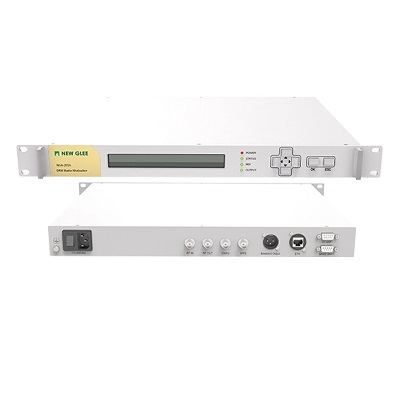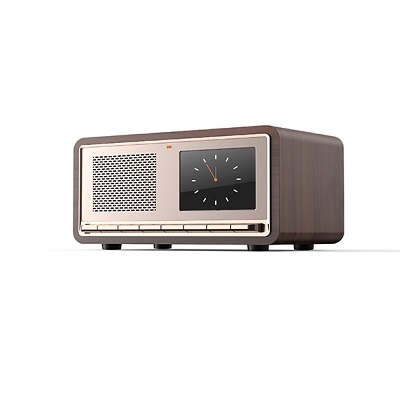DRM Digital Radio, also known as Digital Radio Mondiale, is an open digital broadcasting standard that is widely promoted internationally. The term "Mondiale" comes from French and Italian, meaning "global" or "worldwide," reflecting the technology's goal of global coverage. As a replacement for traditional analog broadcasting (such as AM and FM), the DRM standard has been adopted by multiple countries to enhance the quality and efficiency of broadcast services.
Regarding the frequency bands used by DRM digital radio, its flexibility significantly surpasses that of traditional analog broadcasting. Traditional analog broadcasting is usually transmitted in the following bands:
Long Wave (LF), Medium Wave (MF), and Short Wave (HF): These are mostly transmitted in AM mode and are characterized by long-distance propagation and wide coverage, suitable for provincial and national broadcasts;
Very High Frequency (VHF): Typically used for FM broadcasting, covering smaller areas, mainly for urban or local broadcasts.
DRM broadcast can operate in all of the above frequency bands. Depending on the propagation frequency, the DRM broadcast standard is divided into two subclasses:
DRM30: Used for traditional broadcast frequencies below 30 MHz;
DRM+: Used for VHF bands above 30 MHz.
This categorization allows DRM digital radio to choose the most suitable frequency band according to specific broadcasting needs, achieving flexible coverage from local to national levels.

Compared to traditional AM/FM analog broadcasting, DRM digital radio has significant advantages in several dimensions:
Thanks to digital encoding technology, DRM broadcast can provide near CD-quality audio experiences. Compared to the common issues of signal noise, distortion, and signal attenuation in analog broadcasting, DRM excels in audio clarity and stability.
DRM broadcast can transmit multiple programs simultaneously on a single frequency point, supporting up to three audio streams and their associated data content. This multiplexing ability significantly increases the efficiency of spectrum resource utilization.
In addition to audio, DRM can also transmit text, images, program guides (EPG), and other auxiliary information. It even supports emergency broadcasting systems and remote education content transmission, expanding the scope of future broadcasting applications.
Under the premise of covering the same area, the transmission power of DRM broadcast can be reduced by about 50% compared to analog broadcasting, thereby lowering operating costs and energy consumption.

DRM digital radio is driving the global broadcasting system towards digital and intelligent directions. Its wide applicable frequency bands, excellent audio quality, and multifunctional data services make it not only a technological upgrade of traditional broadcasting but also a cornerstone for the future intelligent media ecosystem. With the popularization of related hardware devices and technologies, DRM broadcast is expected to deliver greater value globally, truly realizing the vision of "digital world broadcasting integration."